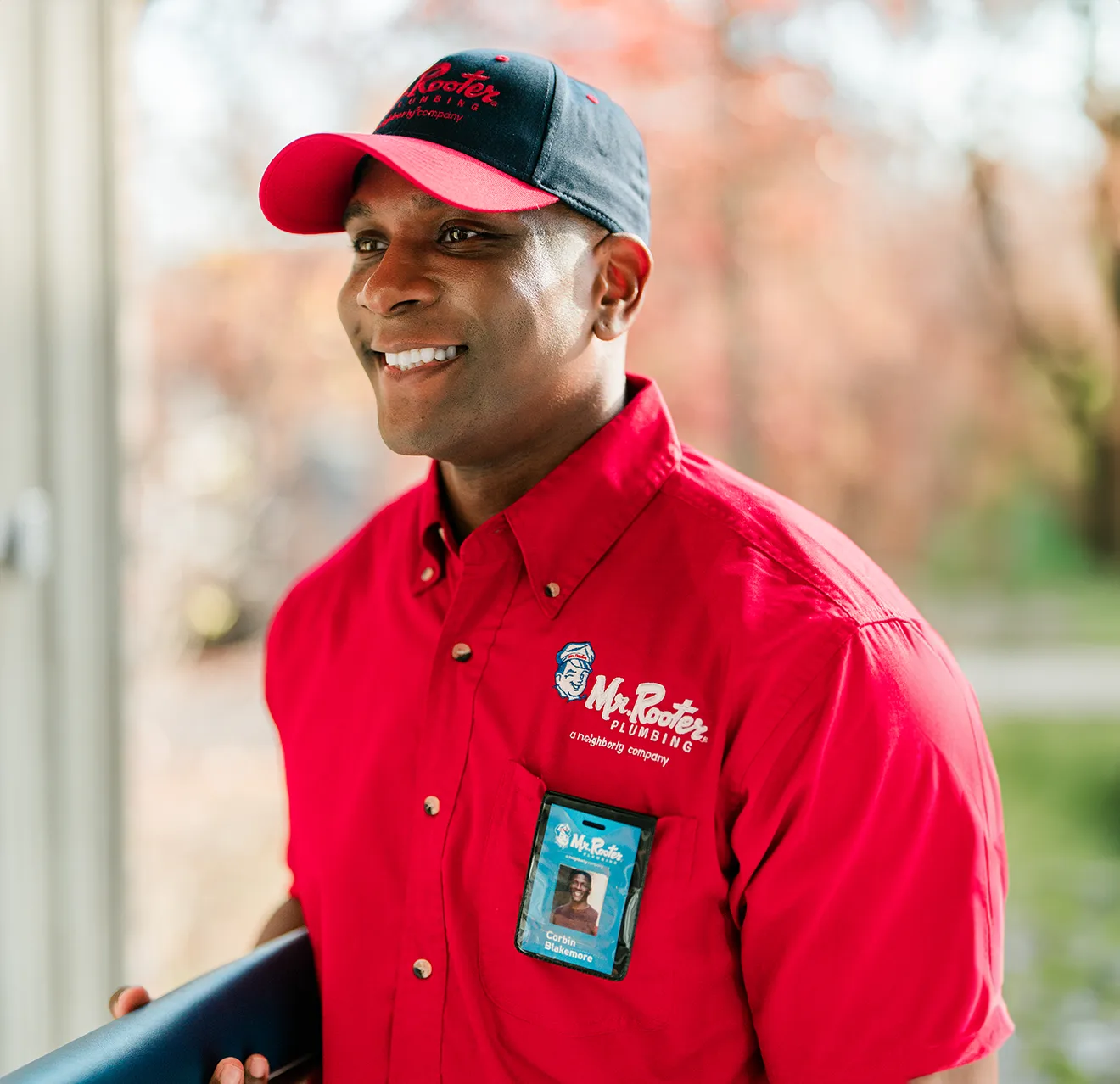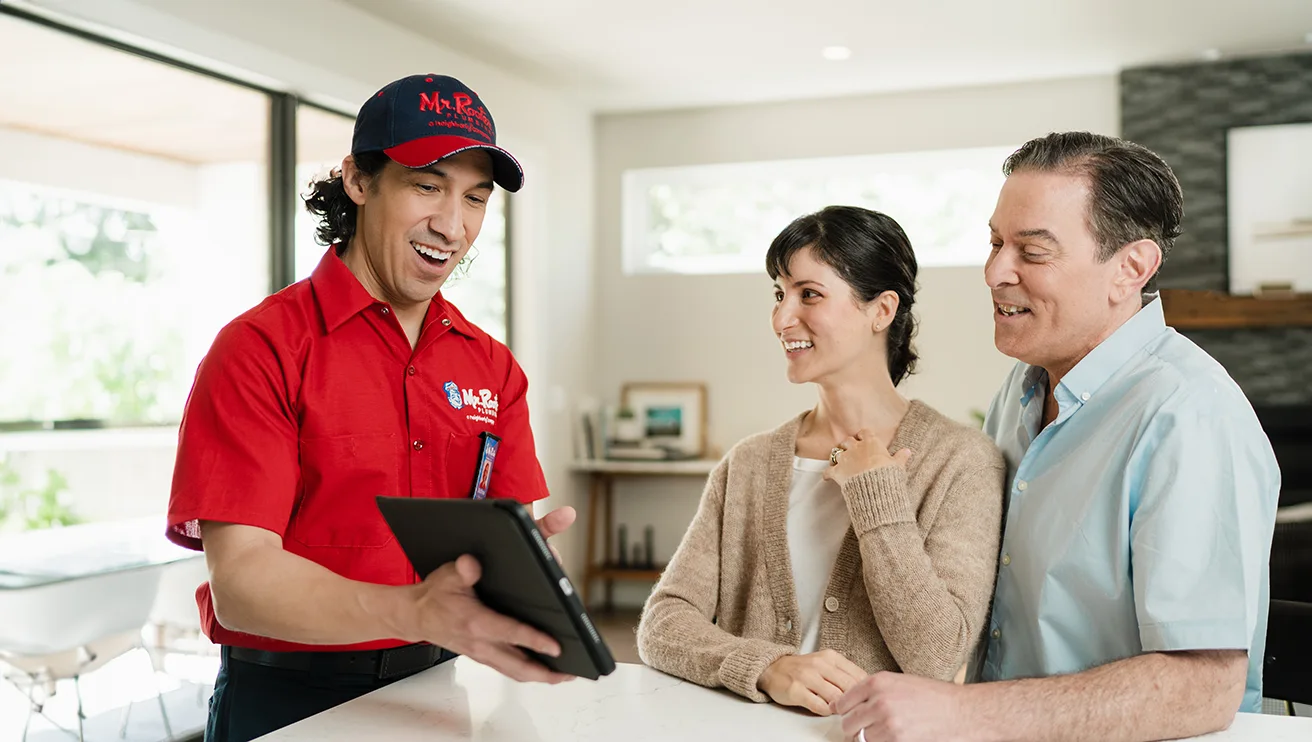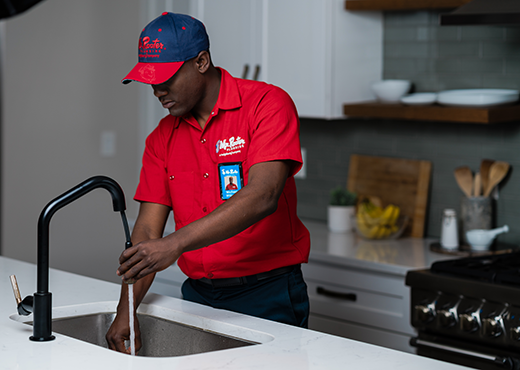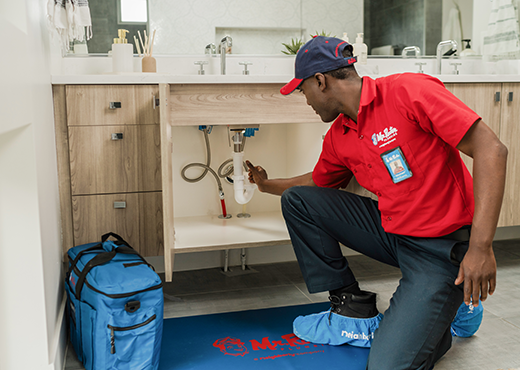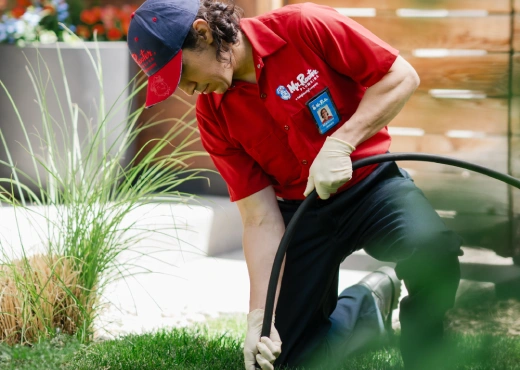When heavy rain, hail, or snow storms hit the city, don’t rely on hope for keeping your basement dry, and consider expert sump pump installation. Edmonton homeowners can always get the entire sump pump installation process taken care of by our highly rated local pros who know all the ins and outs of digging pits, connecting drain pipes, and installing all the various sump pump units. Here is more information about all the common sump pump models and their various pros and cons:
Submersible Sump Pump Installation: Edmonton
Easy to install, the motor and pump are connected to submersible pumps, which makes them one of the most common choices for homeowners. These pumps will be situated at the bottom of the sump pit and will be covered with water when it rains. They have a shorter lifespan than other types, but they do not clog as often. This is our preferred style of pump for the vast majority of installations.
Pedestal Sump Pump Installation: Edmonton
The motor and the pump are separate pieces. The motor will be located on a pedestal above the pit, while the pump will be inside the pit, connected by a hose. Pedestal pumps are noisier than submersible pumps, so they are generally not preferred.
Backup Power Sump Pump Installation: Edmonton
- Water-powered: These rely on water pressure to empty the sump pit. Using a float switch, when water reaches a certain level, it will be pushed out through the ejector unit when the sensor valve is triggered. This is designed to be a backup for when the power goes out or if the primary pump fails.
- Battery-operated: This type of backup sump pump system comes in handy during power outages. Once the sump pit fills, a float switch triggers the battery. Keep in mind that the battery will need to be inspected seasonally to ensure it’s in working order. Otherwise, the battery-powered backup sump pump system will be of no use to you in emergencies.
Switch System Sump Pump Installation: Edmonton
- Float Switch: The float will rise as the water levels do, triggering evacuation when the water reaches the designated level. There are two main types of float switches: vertical and tethered. This is the most common switch type.
- Electronic Switch: These switches don't operate using a float, but by sensors that detect the water within the sump pump's basin. When the water level rises, the switch closes and the pump turns on.
With so many variables to consider, talking with a qualified plumber can help sort through the confusion. Call our valued team today to set up your initial appointment.

